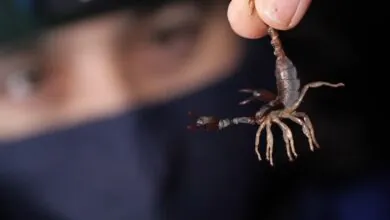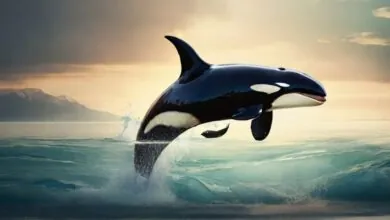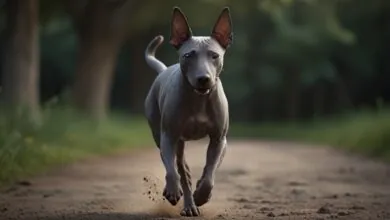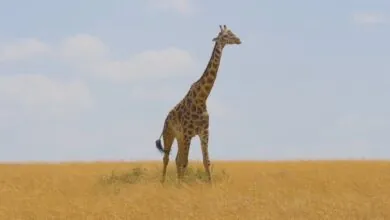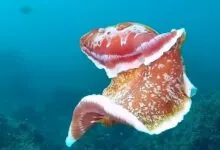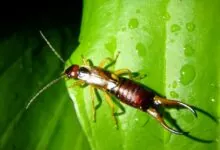Ivory Icons: Are Walruses Really Nature’s Hipsters?
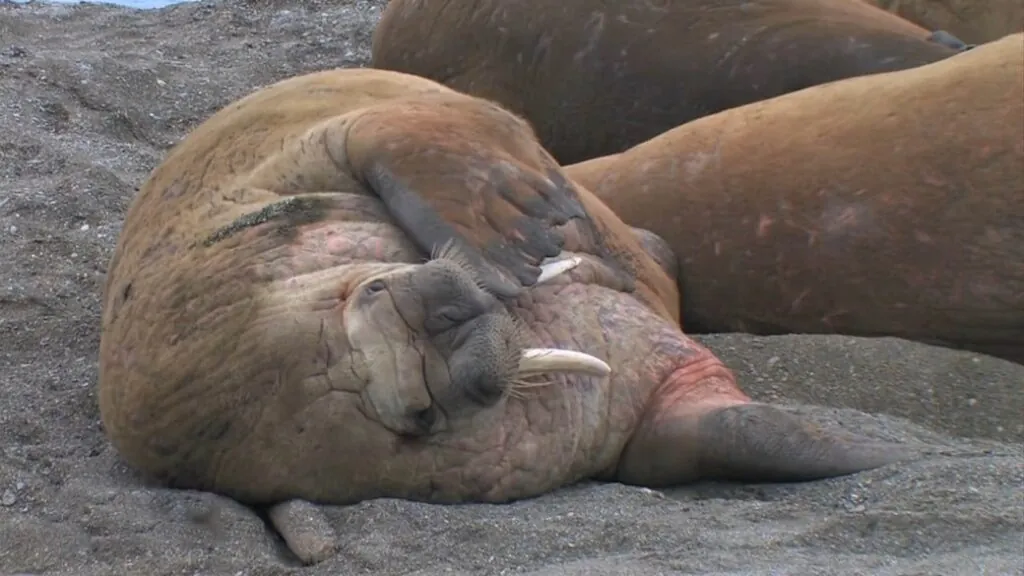
Tail the real magic of the Arctic, where giants with luminous ivory spears walk on water. Yup, I’m talking about walruses, those blubbery behemoths whose splendid tusks pierce the ice and enthrall our flights of fancy. The walrus tusks aren’t mere trophies; they’re tools of survival, weapons of supremacy and keys to cracking a hidden underwater realm. Without further ado, let’s unveil the secrets these ivory sentinels embrace.
| Kingdom | Phylum | Class | Order | Family | Genus | Scientific Name | |
| Animalia | Chordata | Mammalia | Carnivora | Odobenidae | Odobenus | Odobenus rosmarus |
Origin and Evolution
Evolutionary History
In terms of the walrus origin, their ancestral lineage can be traced back to the Eocene epoch, around 56 million years back in time, connecting them to a diverse group named artiodactyls, which boast whales, pigs and hippos against their ranks. Around 35 million years ago, walruses, within the family tree, diverged from a land-dwelling ancestor known as Protosiren.
Genetic Composition and Diversity
Approximately 4 million years back in time, two subspecies of the walrus, Pacific and Atlantic, branched off, featuring subtle differences in DNA and physical characteristics.
Environmental Adaptations
The artic is a ruthless adversary, yet the walrus adaptations are worth-pondering over. Let’s spotlights the most prominent ones!
Distribution and Population
Geographic Range
With respect to the walrus distribution, in the frigid embrace of the Arctic and Subarctic regions, they rule in. Their fascinating world stretches across three continents: North America, Asia and Europe. But within this extended canvas, their prioritized domain lies within particular seas.
The Pacific walrus rule over the Bering, Laptev and Chukchi seas, while the Atlantic walrus patrols the icy vastness of the Canadian Arctic, Svalbard, Greenland and western Russian Arctic.
Population Dynamics
Concerning the walrus population, based on aerial surveys and research efforts, experts sketch two different populations: The approximated global population for Pacific walruses is 200,000 – 250,000 and 20,000 to 25,000 for Atlantic walruses.
Geography
| Continent(s) | Arctic and Subarctic regions |
| Countries | Canada, United States (Alaska), Greenland, Russia, Norway, Iceland |
| Bio-geographical Realms | Nearctic, Palearctic |
| Biome | Marine (Arctic and Subarctic seas) |
| Climate Zones | Polar, Tundra |
The narwhal and walrus, both inhabitants of the Arctic waters, exhibit a shared reliance on sea ice for various aspects of their lives.
Appearance
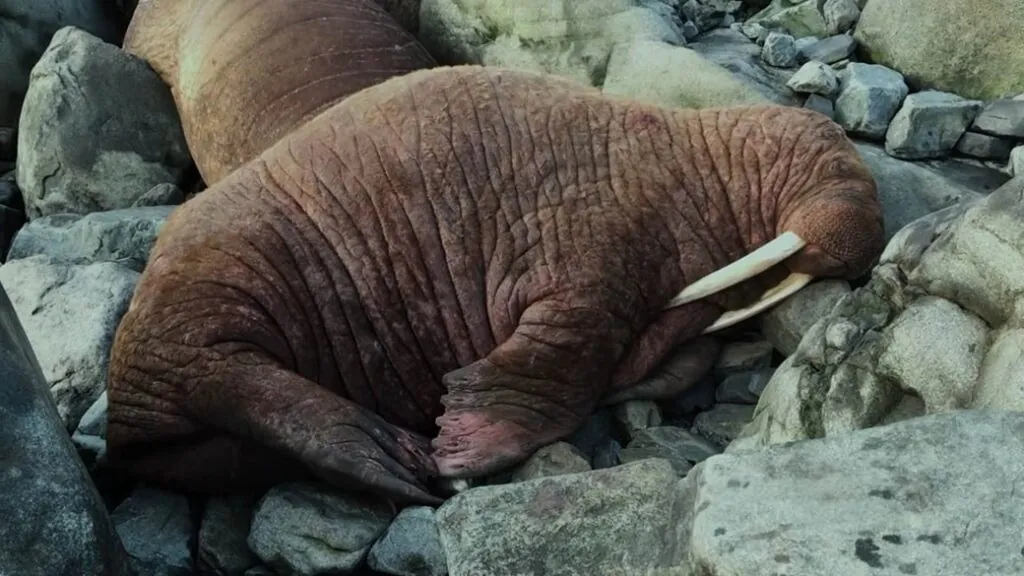
In conjunction with the walrus appearance, every physical feature is sculpted by the harsh Arctic environment.
Physical Characteristics
Size and Shape: Male walruses tip the scales at a hefty 1,500 to 2,000 kg (3,300-4,400 lbs), extending up to 3 to 4.5 meters (10-15 ft). Females come in at a svelte 700 to 1,200 kg (1,540-2,640 lbs) and 2.5 to 3.5 (8-12 ft) meters in length.
Color: In terms of the walrus color, their skin, speckled a canvas of browns, grays and pinks, camouflages them against the Arctic backdrop.
Whiskers as Sonar: Their sensitive facial filaments, up to 30 cm (12 inches), serve as underwater antennae, leading them through murky depths and scanning for prey.
Walrus Tusks: These canine teeth can reach a staggering 1 meter (39 inches) in males and 80 cm (31.5 inches) in females. These tusks are tools for cracking ice, crushing clams and settling social disputes.
Sexual Dimorphism: The male species generally outweigh females by 30-50% and enjoy thicker necks and chests, evident displays of supremacy. Their tusks, extended and thicker than their females, further solidify their macho image.
Anatomy
| Color(s) | Brownish-gray to pinkish-gray, with lighter undersides |
| Tongue | Long, muscular, and prehensile (used for grasping) |
| Claws | Retractable claws on flippers, used for hauling out on ice |
| Mouth | Small mouth with thick lips and long, sensitive whiskers |
| Jaw | Powerful jaws with large tusks used for breaking ice and crushing prey |
| Tusks | Two long tusks (modified incisors) and 36-40 peg-like cheek teeth |
| Nose | Small, upturned nose with large nostrils for breathing and sniffing |
| Feet | Flippers with five digits, used for swimming and maneuvering on ice |
| Skeleton | Large and robust skeleton with thick bones for insulation and support |
Reproduction and Life Cycles
Mating System
The walrus mating system isn’t a projectable monogamous fairytale. It’s more of a Game of Thrones on ice, showcasing a plethora of mating strategies.
The most typical is polygyny, where a single dominant male mates with multiple females within breeding herd. Polyandry is relatively less common, but it happens – a single female mates with multiple males in a breeding season.
Reproductive Biology
The walrus breeding season generally occurs January to April, whereby males compete aggressively for mating rights, featuring underwater vocalizations and jousting with their mighty tusks. The victors get prime spots within breeding herds, awaiting receptive females. The walrus gestation period lasts an astonishing 15 months, with delayed implantation.
Life Cycle Stages
Mating Habits
| Mating Behavior | Polygynous |
| Reproduction Season | January to April |
| Litter Size | Typically 1 calf, rarely twins |
| Gestation Period | Approximately 15 months, including a period of delayed implantation |
| Baby Carrying | Calves nursed underwater for up to 2 years, often carried on their mother’s back |
| Independent Age | Around 3 years old |
Diet and Lifestyle
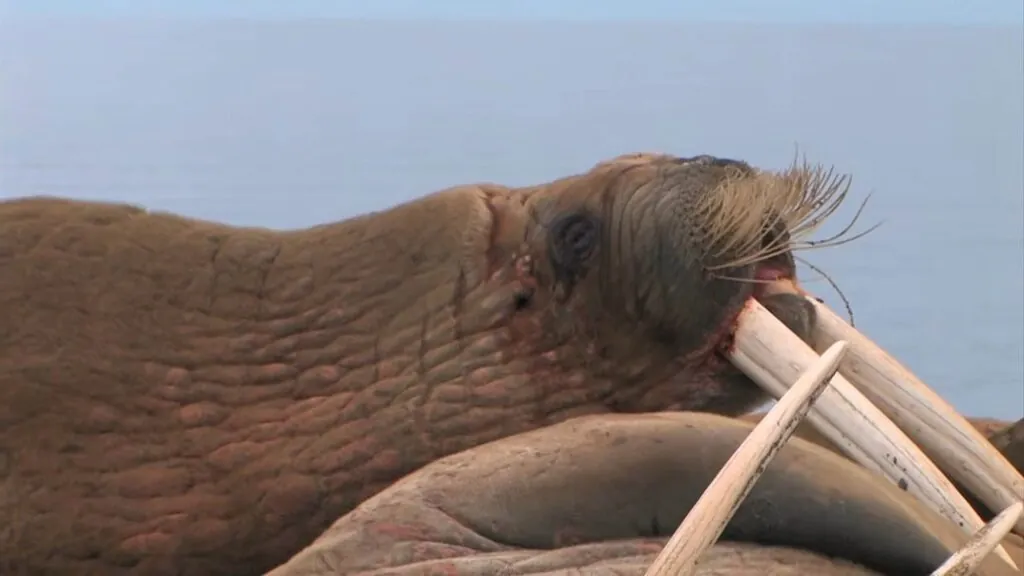
Feeding Ecology
Speaking of the walrus diet, they hold the crown in the kingdom of benthic consumers, chiefly feasting on bivalves like clams, snails and mussels. As per estimates, a single walrus can consume 3,000 to 6,000 clams in a single feeding season.
In addition to their staple – mollusks – they in many moons feed on worms, fish, crustaceans and seal carcasses.
Foraging Strategies
The sensitive facial filaments scan the murky depths, targeting hidden pockets of clam. The powerful bursts of air extracted from their mouths blast through the sediment, unfolding buried mollusks and creating underwater mud volcanoes. Besides, the walrus tusks – the ivory spears – break through ice and pry open stubborn clams.
Diurnal Activity Patterns
These species are predominantly diurnal, spending their most active hours during the day, whereby they industriously forage and socialize on ice floes.
Social Structure
Walruses are inherently social creatures albeit their individual foraging talents. They convene in extended groups, termed haulouts, that can number hundreds or even thousands. These congregations offer several purposes, such as shared warmth, safety in numbers and social bonds.
Threats and Conservation
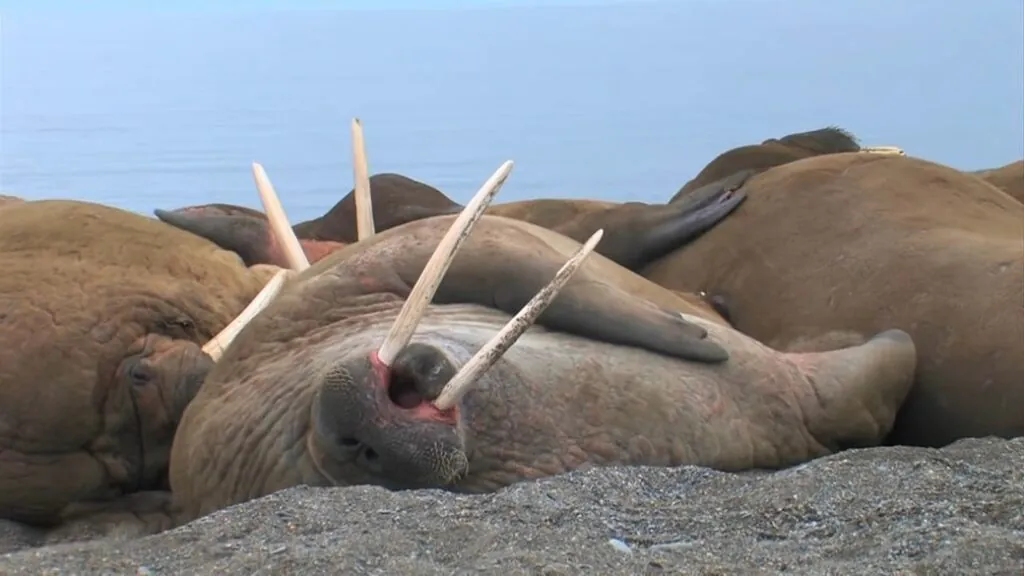
Conservation Status
Contemporarily, of the three walrus subspecies, two are classified as “Least Concern” in IUCN Red List, while the third one isn’t typified as “depleted” as per the Marine Mammal Protection Act nor as “Threatened” or “Endangered” under the Endangered Species Act. For comprehensive information about walruses, their biology, habitat, and conservation status, you can visit the National Oceanic and Atmospheric Administration (NOAA).
Primary Threats
At present, walrus is encountering risks from the loss of sea ice, encompassing noise and visual disturbances from oceangoing vessels and airplanes.
Relationship with Humans
Cultural Significance and Symbolism
The walrus’s tusks most often than not personify power, status and leadership, within Arctic communities.
Media and Entertainment
The enchantment of the walrus has permeated a plethora of artistic mediums, inspiring both fictional creatures and documentaries; some renowned titles from different genres include, “Arctic Tale” (2007), “Our Planet” (2019), “Tusk” (2014), “The Sea Wolf” by Jack London (1904) and “The Walrus and the Carpenter” by Lewis Carroll (1872).
Economic Importance
The walrus, for numerous communities, remain a pivotal source of food, the meat, blubber and organs offer essential protein, fat and nutrients. Regulated subsistence hunting remains a vital part of the economic fabric in regions like Alaska, Chukotka and Greenland.
Across the annals of time, walrus ivory was highly prized for its beauty and durability. It was used to construct jewelry and carvings. In addition, walrus blubber oil has conventionally used for lighting, fuel and waterproofing.
Unique Characteristics
Forge a path through an intriguing journey as we unfold fascinating facts about walruses – truly captivating animals that start with W. Join us in shedding light on their remarkable rundown!
| Common Name | Walrus |
| Other Name(s) | Sea cow, Odobenus, Atlantic Walrus, Pacific Walrus |
| Number of Species | 2: Atlantic Walrus and Pacific Walrus |
| Population Size | Estimated 200,000 – 250,000 (Pacific) and 20,000 – 25,000 (Atlantic) |
| Lifespan | Up to 40 years in the wild |
| Weight | Males: 1,500 – 2,000 kg (3,300 – 4,400 lbs), Females: 700 – 1,200 kg (1,540 – 2,640 lbs) |
| Length | Males: 3 – 4.5 m (10 – 15 ft), Females: 2.5 – 3.5 m (8 – 12 ft) |
| Top Speed | Up to 35 km/h (22 mph) while swimming |
| Predator | Polar bears, orcas, sharks (rarely) |
| Prey | Clams, mussels, snails, worms, fish (occasionally) |
| Most Distinctive Feature | Long, white tusks (up to 1m long) |
FAQs
